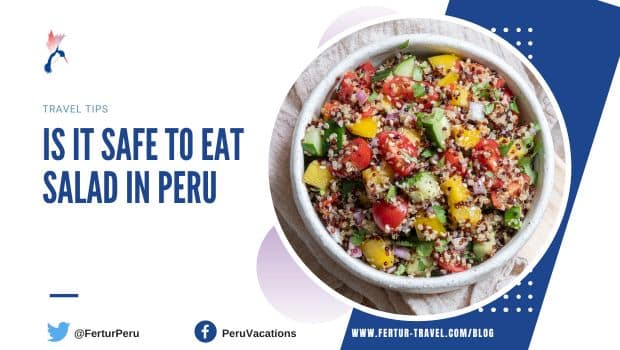
Is it safe to eat salad in Peru? Navigating food safety
Embark on a culinary odyssey through Peru, where every bite is a vibrant explosion of flavor that will leave your taste buds dancing with joy. But amidst this gastronomic wonderland, a question lingers on the minds of many travelers: “Is it safe to eat salad in Peru?”
This question is not just about salads. There is also the broader concern about ensuring a healthy and enjoyable travel experience without fear of dietary distress.
So let’s delve into practical tips to enjoy the amazing food of Peru without dietary distress.
Additionally, let’s give a shout out to the importance of travel insurance as a safety net. A good travel insurance policy can help ensure you can savor Peru’s gastronomic offerings with peace of mind.
Understanding the safety of consuming uncooked foods like salads is crucial if you want to experience Peru’s culinary delights.
Generally, you want to avoid any raw produce or salads that might have been washed in tap water, which could contain local bacteria that your digestive system may not be accustomed to. However, higher-end restaurants generally take extra precautions to ensure the safety of their ingredients. So salads in these establishments is usually a safe choice for travelers.
In the vibrant culinary landscape of Peru, a delicious contrast emerges between the nourishing warmth of cooked ingredients and the refreshing crunch of raw produce.
Quinoa, a staple grain revered by the Incas, transforms into a fluffy and nutty delight when simmered, while tender string beans and creamy pallares offer a satisfying heartiness to any dish.
On the other hand, the vibrant allure of uncooked ingredients cannot be ignored. Juicy tomatoes burst with flavor, their scarlet hues a testament to the sun-drenched fields of Peru. The invigorating crunch of cucumbers and crisp lettuce adds a refreshing lightness.
In the hands of skilled Peruvian chefs, these contrasting elements come together in a harmonious dance of flavors, showcasing the incredible diversity and ingenuity of Peruvian gastronomy.
Many restaurants will ask if you prefer your salad “fresca” (fresh) or “cocida” (cooked). You can also request your salad be “cocida”.
Understanding Food and Water Safety in Peru
Common Concerns for Travelers
Travelers to Peru often express concerns about the safety of tap water, which is generally not recommended for drinking, especially in rural or remote areas. The risk of waterborne diseases such as cholera, typhoid, and dysentery is heightened by consuming untreated tap water. To ensure health and safety, it is crucial for visitors to use bottled water or water that has been properly treated and filtered.
Choosing the right water to drink in Peru involves understanding the available options. Boiling tap water is a common method to make it safe. Bottled water is widely recommended as it is affordable and readily available across the country; however, it does contribute to plastic waste.
A more sustainable option is to carry a portable water purifier, which reduces reliance on disposable bottles and ensures access to safe water, but this isn’t particularly convenient for travelers on the go.
As sustainable travel gains momentum, more and more eco-conscious travelers are embracing the trend of carrying their own refillable water bottles. Many hotels in Peru have begun offering filtered water stations, allowing guests to fill up their bottles before setting out to explore the country’s wonders. This simple yet effective approach not only keeps travelers hydrated but also significantly reduces reliance on single-use plastics, contributing to a greener travel experience in Peru.
Eating Out in Peru: How to Choose Safely
When dining out, it is essential to select establishments with good hygiene practices. Avoid street food or any food that appears to have been sitting out for a long time. Restaurants that are frequented by both locals and tourists are likely to maintain higher standards of food safety. It is advisable to consume foods that have been thoroughly cooked and to avoid salads or dishes that may have been washed with tap water. For added safety, travelers should stick to bottled or hot beverages and avoid consuming ice unless it is confirmed to be made from purified water.
Tips for Preventing Dietary Distress
Staying Hydrated: The Right Way
- To avoid dehydration, especially at high altitudes, drink plenty of water throughout the day. Herbal teas, which are ubiquitous in almost every hotel lobby, that have been made with boiled water, is a good alternative.
- Opt for bottled water or beverages that are sealed to ensure they are free from contamination.
- Avoid drinks with ice unless confirmed to be made from filtered water to prevent health risks.
Choosing Restaurants and Street Food Wisely
- Select restaurants and vendors with high cleanliness standards and customer turnover, indicating fresh and safe food.
- Consume well-cooked, hot foods and avoid raw fruits and vegetables that may not be safe.
- When indulging in street food, observe the food preparation practices and ensure utensils and surfaces are clean.
Adapting to Altitude: Food and Drink Considerations
- At higher elevations, consume smaller, more frequent meals to aid digestion and maintain energy levels.
- Increase your water intake by 1 to 1.5 liters per day at high altitudes to combat the quicker dehydration rates.
- Avoid heavy, rich foods and choose meals that are easy to digest, such as those high in complex carbohydrates and lean proteins.
Safely Enjoying Peru’s Culinary Delights
Salads and Raw Foods: Yes or No?
When indulging in Peru’s salads or raw foods, it’s crucial to choose venues that prioritize hygiene. Opt for well-established restaurants and hotels that cater to tourists, as these are more likely to adhere to stringent food safety standards.
Drinks to Enjoy, Drinks to Avoid
Visitors are advised to strictly avoid tap water in Peru due to varying quality across different regions. Bottled water is the safest option and is both cheap and reliable. When it comes to other beverages, ensure they have not been made or diluted with tap water. Confirm that any ice used is made from boiled or filtered water. This precaution helps prevent the intake of contaminants that could cause health issues.
Ceviche, a Peruvian classic, typically involves raw fish marinated in citrus juice. While it’s a must-try, it should be consumed with caution. Opt for ceviche from reputable, clean, and upscale establishments to reduce the risk of foodborne illnesses. For travelers who are more sensitive or cautious, it might be wise to avoid shellfish or choose fully cooked seafood options instead.
FAQs
Is it safe to consume salads while in Peru?
To minimize health risks, it’s advisable to eat foods that have been thoroughly cooked, such as boiled or fried dishes, and to avoid salads or any foods that might have come into contact with tap water. Opt for bottled or hot beverages for added safety.
How safe are Peruvian vegetables for consumption?
Peru is a significant exporter of agricultural products, but the country faces challenges with food safety and quality standards. These limitations hinder its access to international markets and pose potential public health risks due to inadequate food safety surveillance and management systems.
Can I eat salad safely in Cusco?
When traveling to areas like Cusco, Peru, it’s recommended to consume only well-cooked foods. Raw produce, including salads, may have been rinsed with tap water, exposing you to local bacteria unfamiliar to your digestive system, potentially causing health issues.
What are the safety considerations for eating raw salads?
For the safest consumption, non-ready-to-eat (RTE) vegetables should be cooked to eliminate germs and harmful chemicals effectively. Individuals who are very young, elderly, pregnant, or have weakened immune systems should particularly avoid raw vegetables, including sprouts, due to higher health risks. Cooking vegetables is a safer alternative.
 13th Annual National Pisco Sour Day!
13th Annual National Pisco Sour Day! 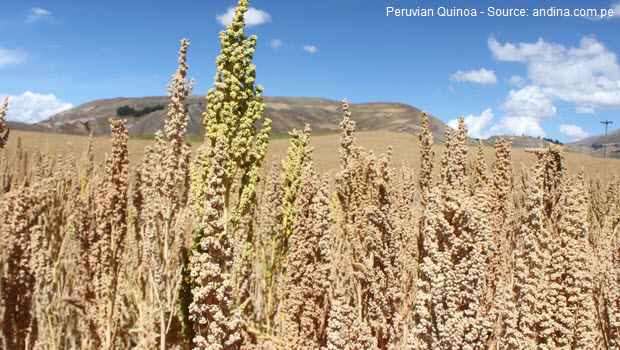 Quinoa is the best-known of the “Inca grains”
Quinoa is the best-known of the “Inca grains”  Discover Peru’s Rich Gastronomy at Perú Mucho Gusto 2024 in Lima
Discover Peru’s Rich Gastronomy at Perú Mucho Gusto 2024 in Lima  Pisco Sour History 101 Questioned
Pisco Sour History 101 Questioned 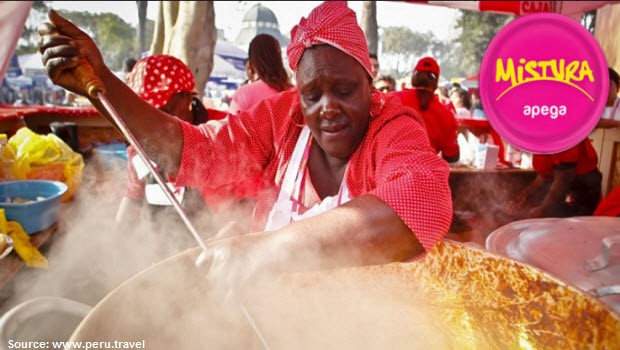 Mistura 2011 – Peruvian cuisine at its finest – with hotel pickup
Mistura 2011 – Peruvian cuisine at its finest – with hotel pickup 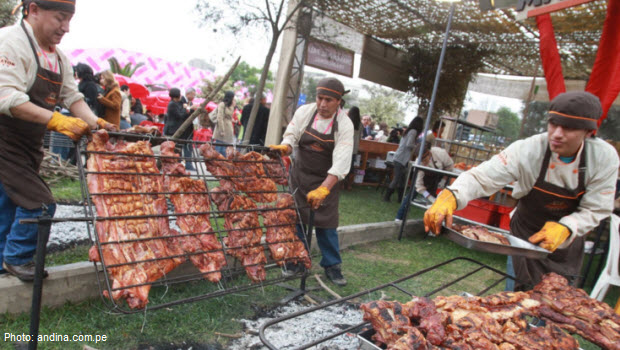 Mistura 2013 – Peru’s premier food fair – Opens
Mistura 2013 – Peru’s premier food fair – Opens 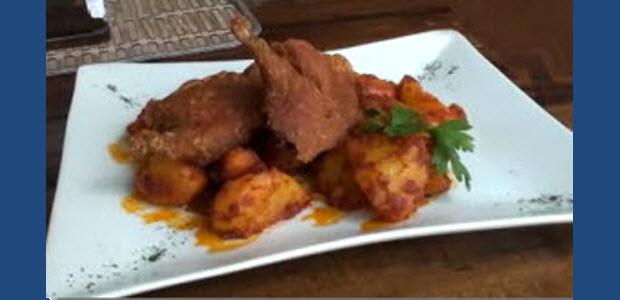 Peruvian Guinea Pig Recipe Is Actually Delicious!
Peruvian Guinea Pig Recipe Is Actually Delicious!